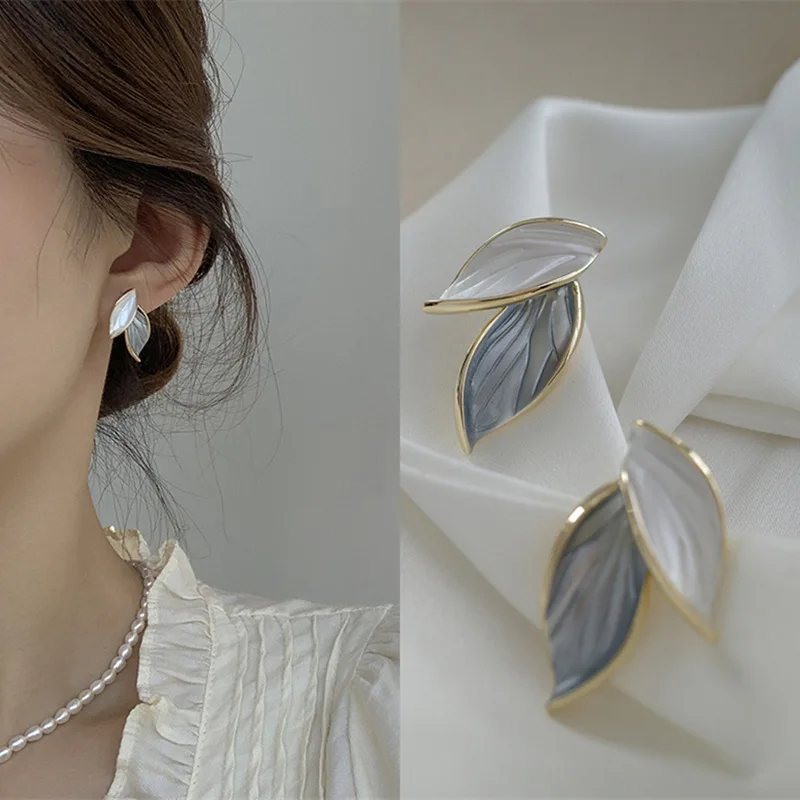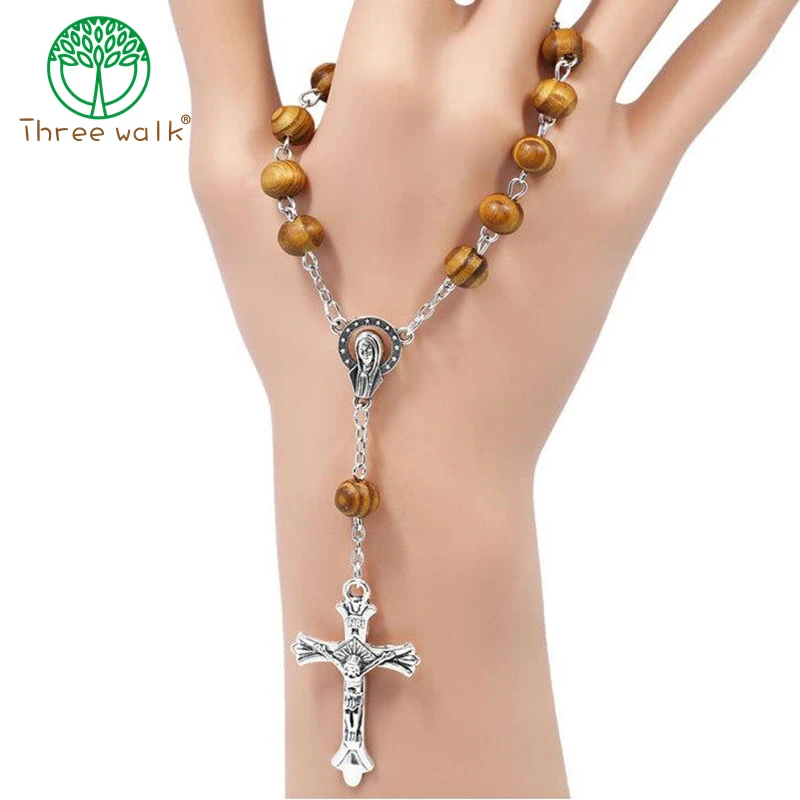
1. Types of Fashion Jewelry
Statement Necklaces: Bold designs that serve as focal points for outfits.
Earrings: From studs to chandelier styles, offering various shapes and materials.
Bracelets and Bangles: Stackable or standalone pieces in metal, beads, or leather.
Rings: Fashion-forward rings ranging from minimalist to elaborate designs.
Brooches and Pins: Decorative pieces worn on clothing or accessories.
2. Materials and Manufacturing
Materials: Choose from metals (e.g., gold, silver, brass), gemstones, beads, pearls, acrylics, and even wood or leather.
Manufacturing: Techniques include casting, forging, wire wrapping, and beadwork. Handcrafted pieces often emphasize uniqueness and craftsmanship.
3. Design and Fashion Trends
Design Elements: Incorporate motifs, colors, and textures reflecting current fashion trends.
Personalization: Customizable pieces with initials, birthstones, or engraving for personal meaning.
Seasonal Trends: Follow color trends (e.g., Pantone Color of the Year), cultural influences, and runway inspirations.
4. Care and Maintenance
Storage: Store jewelry in soft pouches or lined boxes to prevent scratching and tarnishing.
Cleaning: Use mild soap and water for most materials; avoid harsh chemicals. Polishing cloths for metals can restore shine.
5. Market and Customer Preferences
Demographics: Appeal to fashion-conscious consumers across various age groups and lifestyles.
Market Trends: Growth in eco-friendly and sustainable jewelry options; demand for ethically sourced materials.
Customer Preferences: Preference for versatile pieces that transition from day to evening wear; emphasis on unique, artisanal designs.
6. Good and Bad Sides
Good: Enhances outfits with versatility and style; accessible price points; broad design possibilities.
Bad: Tarnishing of metal jewelry over time; potential allergies to certain materials; delicate pieces may require careful handling.
7. Personality Development
Expression: Jewelry as a form of self-expression and personal style statement.
Versatility: Ability to mix and match pieces to reflect different moods or occasions.
8. Fashion Jewelry Making
Craftsmanship: Learn techniques such as wire wrapping, bead stringing, and metal stamping.
Tools: Use jewelry pliers, wire cutters, bead boards, and design software for creating patterns.
Learning: Take classes or workshops to develop skills in jewelry design and manufacturing.
Conclusion
Fashion jewelry plays a pivotal role in enhancing personal style and complementing fashion trends. By understanding materials, design trends, manufacturing techniques, and customer preferences, manufacturers and designers can create jewelry that resonates with diverse consumer tastes. Staying innovative with designs, sustainable in material choices, and responsive to market trends ensures ongoing relevance and appeal in the competitive fashion jewelry industry.




